

Nolatek is a line of light-curing photopolymer materials for 3D printing of Russian production of the VLADMIVA group of companies, which allows to solve problems of digital dentistry with high quality and promptly using additive technologies.
Nolatek photopolymer resins are suitable for printing on LCD/DLP printers, for example: Anycubic, Phrozen, Asiga, Elegoo, Straumann, Ackuretta, Carima, Shining. Creality, Pionext, Uniz, Wanhao, Peopoly. Hardlight, EPAX, QIDI, Miicraft, Voxelab, and others.
Nolatek photopolymer resins are suitable for printing on LCD/DLP printers, for example: Anycubic, Phrozen, Asiga, Elegoo, Straumann, Ackuretta, Carima, Shining. Creality, Pionext, Uniz, Wanhao, Peopoly. Hardlight, EPAX, QIDI, Miicraft, Voxelab, and others.
Nolatek is a line of light-curing photopolymer materials for 3D printing of Russian production of the VLADMIVA group of companies, which allows to solve problems of digital dentistry with high quality and promptly using additive technologies.
Nolatek photopolymer resins are suitable for printing on LCD/DLP printers, for example: Anycubic, Phrozen, Asiga, Elegoo, Straumann, Ackuretta, Carima, Shining. Creality, Pionext, Uniz, Wanhao, Peopoly. Hardlight, EPAX, QIDI, Miicraft, Voxelab, and others.
Nolatek photopolymer resins are suitable for printing on LCD/DLP printers, for example: Anycubic, Phrozen, Asiga, Elegoo, Straumann, Ackuretta, Carima, Shining. Creality, Pionext, Uniz, Wanhao, Peopoly. Hardlight, EPAX, QIDI, Miicraft, Voxelab, and others.
The line is also supplemented with the photopolymer material NOLAPRINT, which can be used to print household models, prototypes of functional products, and miniatures of board games (not a medical product).
Nolatek 3D varnish (10 ml) is a high-gloss UV-curable glaze for finishing the surfaces of temporary crowns, bridges, bases, dentures and mouth guards for a long period on a urethane-acrylic base. Does not contain methyl methacrylate and other precursors. Designed to cover models for up to 6 months. Has high wear resistance, low water absorption, optical transparency. Cures without a sticky layer in the air, does not require additional polishing after curing.
Please note: the printer must have the ability to change the print parameters and an open system without resin recognition so that you can adjust the print settings to achieve the best quality.
The main list of parameters that are most important for print settings:
- Material exposure time (exposure time or laser travel speed)
- Base layer exposure time (exposure time or laser travel speed for the first layers)
- Number of base layers
- Platform rise and fall speed
- Print layer thickness
- Pause time for material stabilization after platform lowering
The main list of parameters that are most important for print settings:
- Material exposure time (exposure time or laser travel speed)
- Base layer exposure time (exposure time or laser travel speed for the first layers)
- Number of base layers
- Platform rise and fall speed
- Print layer thickness
- Pause time for material stabilization after platform lowering
5 940 ₽
3 500 ₽
3 300 ₽
The line is also supplemented with the photopolymer material NOLAPRINT, which can be used to print household models, prototypes of functional products, and miniatures of board games (not a medical product).
Nolatek 3D varnish (10 ml) is a high-gloss UV-curable glaze for finishing the surfaces of temporary crowns, bridges, bases, dentures and mouth guards for a long period on a urethane-acrylic base. Does not contain methyl methacrylate and other precursors. Designed to cover models for up to 6 months. Has high wear resistance, low water absorption, optical transparency. Cures without a sticky layer in the air, does not require additional polishing after curing.
Please note: the printer must have the ability to change the print parameters and an open system without resin recognition so that you can adjust the print settings to achieve the best quality.
The main list of parameters that are most important for print settings:
- Material exposure time (exposure time or laser travel speed)
- Base layer exposure time (exposure time or laser travel speed for the first layers)
- Number of base layers
- Platform rise and fall speed
- Print layer thickness
- Pause time for material stabilization after platform lowering
The main list of parameters that are most important for print settings:
- Material exposure time (exposure time or laser travel speed)
- Base layer exposure time (exposure time or laser travel speed for the first layers)
- Number of base layers
- Platform rise and fall speed
- Print layer thickness
- Pause time for material stabilization after platform lowering
5 940 ₽
3 500 ₽
3 300 ₽










See the results of work using NOLATEK in dentistry - this is only a small part of the excellent results that can be obtained by working with our product.
For home and amateur use, use NOLAPRINT. You can print various models, prototypes, figurines, small spare parts for various mechanisms from it.
For home and amateur use, use NOLAPRINT. You can print various models, prototypes, figurines, small spare parts for various mechanisms from it.


See the results of work using NOLATEK in dentistry - this is only a small part of the excellent results that can be obtained by working with our product.
For home and amateur use, use NOLAPRINT. You can print various models, prototypes, figurines, small spare parts for various mechanisms from it.
For home and amateur use, use NOLAPRINT. You can print various models, prototypes, figurines, small spare parts for various mechanisms from it.



To get the initial print settings, write a request to the mail indicating the type of resin and printer. We will send them to the mail.
After printing is complete, remove the product from the print platform and place it in the Anycubic Wash and Cure (or similar) product cleaning machine. Wash in pure ethanol or isopropyl alcohol using an ultrasonic bath or container and an artificial brush until the sticky layer is removed. To completely remove excess resin, wash the product, preferably in several stages for 2-3 minutes each.
Remove supports.
Post-exposure with heating. An important step for obtaining the final physical parameters of the product and polymerization, hardness, strength and other parameters. You can use a heated dry-heat oven with a temperature sensor and the ability to change the set temperature and then a photopolymerizer with a wavelength of 350 to 450 nm, or a Form Labs Form Cure photopolymerizer (or similar) with the ability to simultaneously heat and expose.
Remove supports.
Post-exposure with heating. An important step for obtaining the final physical parameters of the product and polymerization, hardness, strength and other parameters. You can use a heated dry-heat oven with a temperature sensor and the ability to change the set temperature and then a photopolymerizer with a wavelength of 350 to 450 nm, or a Form Labs Form Cure photopolymerizer (or similar) with the ability to simultaneously heat and expose.
1.
2.
3.
2.
3.
1. 23 – 160°C, heating rate 14°C/min, with a holding time of 10 minutes, upon reaching the set temperature;


2. 160 – 270°C, heating rate 5°C/min, with a holding time of 30 minutes, upon reaching the set temperature;
3. 270 – 780°C, heating rate 18°C/min
4. 780-950°C, heating rate 8°C/min, with a holding time of 15 minutes, upon reaching the set temperature.

To get the initial print settings, write a request to the mail indicating the type of resin and printer. We will send them to the mail.
FIRE MODE FOR
BURNT-OUT RESIN
BURNT-OUT RESIN

3. 270–780°C, heating rate 18°C/min.
2. 160–270°C, heating rate 5°C/min, with a holding time of 30 minutes, upon reaching the set temperature;
1. 23–160°C, heating rate 14°C/min, with a holding time of 10 minutes, upon reaching the set temperature;
1.
2.
3.
2.
3.
After printing is complete, remove the product from the print platform and place it in the Anycubic Wash and Cure (or similar) product cleaning machine. Wash in pure ethanol or isopropyl alcohol using an ultrasonic bath or container and an artificial brush until the sticky layer is removed. To completely remove excess resin, wash the product, preferably in several stages for 2-3 minutes each.
Remove supports.
Post-exposure with heating. An important step for obtaining the final physical parameters of the product and polymerization, hardness, strength and other parameters. You can use a heated dry-heat oven with a temperature sensor and the ability to change the set temperature and then a photopolymerizer with a wavelength of 350 to 450 nm, or a Form Labs Form Cure photopolymerizer (or similar) with the ability to simultaneously heat and expose.
Remove supports.
Post-exposure with heating. An important step for obtaining the final physical parameters of the product and polymerization, hardness, strength and other parameters. You can use a heated dry-heat oven with a temperature sensor and the ability to change the set temperature and then a photopolymerizer with a wavelength of 350 to 450 nm, or a Form Labs Form Cure photopolymerizer (or similar) with the ability to simultaneously heat and expose.
4. 780-950°C, heating rate 8°C/min, with a holding time of 15 minutes, upon reaching the set temperature.

For example, at the customer’s request, a photopolymer with a radiopaque filler was produced for the production of a preliminary model of a surgical template, CT scanning and subsequent precise implantation:







For example, at the customer’s request, a photopolymer with a radiopaque filler was produced for the production of a preliminary model of a surgical template, CT scanning and subsequent precise implantation:






VLADMIVA is a large holding company, which includes companies engaged in the development, production and sale of materials, instruments and equipment for dentistry, the largest dental clinic in Belgorod.
We produce more than 300 types of dental products, which are supplied to more than 75 countries around the world.
We produce more than 300 types of dental products, which are supplied to more than 75 countries around the world.

VLADMIVA is a large holding company, which includes companies engaged in the development, production and sale of materials, instruments and equipment for dentistry, the largest dental clinic in Belgorod.
We produce more than 300 types of dental products, which are supplied to more than 75 countries around the world.
We produce more than 300 types of dental products, which are supplied to more than 75 countries around the world.

